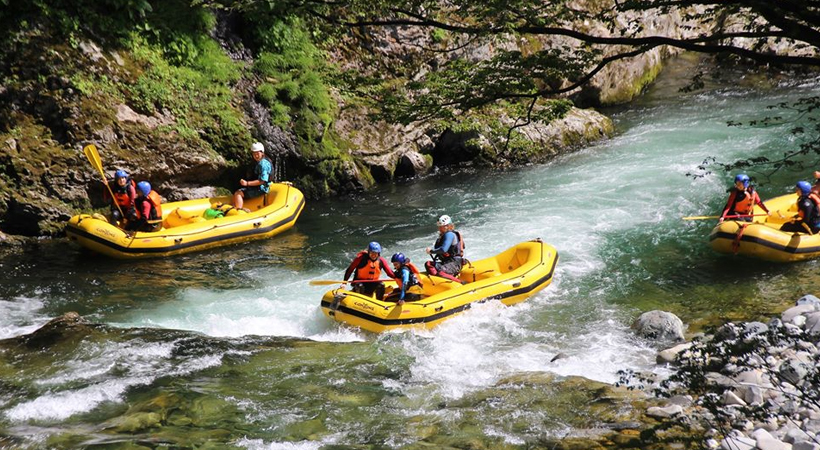Japan’s domestic travel campaign faces headwinds

The Japanese government’s plan to revive domestic tourism has run into rough weather, just 48 hours before the launch of its new travel campaign. The campaign, Go To Travel, has been designed to give a helping hand to the pandemic-ravaged tourism industry but policymakers are unable to set details on the contentious subsidy programme with citizens pointing to possible health hazards, a Japan Times report says. The campaign is scheduled to start off from July 22.
The programme subsidizes domestic travel in Japan, with the government providing up to half of the costs of travels. Each tourist can get a subsidy of up to 20,000 yen (186.8 dollars) per day when going on a lodging trip, while a one-day round trip can be subsidized up to 10,000 yen (93.4 dollars).
It includes a 35% discount on transportation and accommodation expenses, and a 15% discount on catering, shopping, sightseeing and transportation expenses in tourist destinations by using coupons.
However, the epidemic has recently rebounded in Japan, especially as the number of daily new infections in Tokyo has been rising. There were 662 new confirmed cases nationwide on Saturday, second only to the record high of 720 confirmed cases on April 11. In Tokyo, 290 new cases were confirmed on Saturday.
Against the background, many have expressed deep concern against the nationwide tourism promotion campaign. They feared that the mass movement of people would lead to a wide spread of the coronavirus. A number of officials, including Tokyo Governor Yuriko Koike and Osaka Governor Hirofumi Yoshimura, have made their objections clear.
In the face of questions, the Japanese government was forced to adjust its plan and exclude Tokyo from the campaign. Economy Minister Yasutoshi Nishimura has said that neither Tokyo residents nor people traveling to the capital would be allowed to take part in the promotion campaign.
The number of foreign visitors to Japan fell 58.3% in February and 93 percent in March from a year earlier, according to the government’s tourism bureau. The number of foreign visitors fell to 2,600 in June, down 99.9% year-on-year. Japanese citizens also spent significantly less on domestic travel, says news agency Xinhua.
By the end of 2019, domestic travel by Japanese citizens had been the mainstay of Japan’s tourism market. According to the Japan Tourism Agency of the Ministry of Land, Infrastructure, Transport and Tourism, Japanese people spent about 23.2 trillion yen (216.7 billion U.S. dollars) on domestic travel in 2019, accounting for more than 80% of Japan’s tourism market. The total consumption of foreigners visiting Japan was only 4.8 trillion yen (44.8 billion dollars), accounting for 17.2%.
On Friday, tourism minister Kazuyoshi Akaba urged people not to take part in large group tours to support the ¥1.35 trillion ($12.59 billion) subsidy campaign, saying they might spread the novel coronavirus or catch it. He said specific age groups and tour sizes were under consideration.
But an official at the Japan Tourism Agency said later in the day it would ultimately leave such matters to the discretion of travel agencies as “it would be difficult to draw a line due to the diverse nature of travel.”



